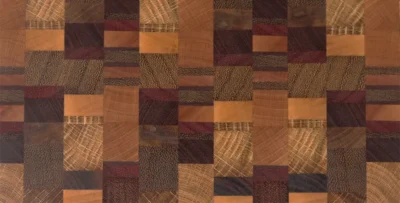
Free shipping for orders over 100€ in mainland Spain and Balearic Islands.
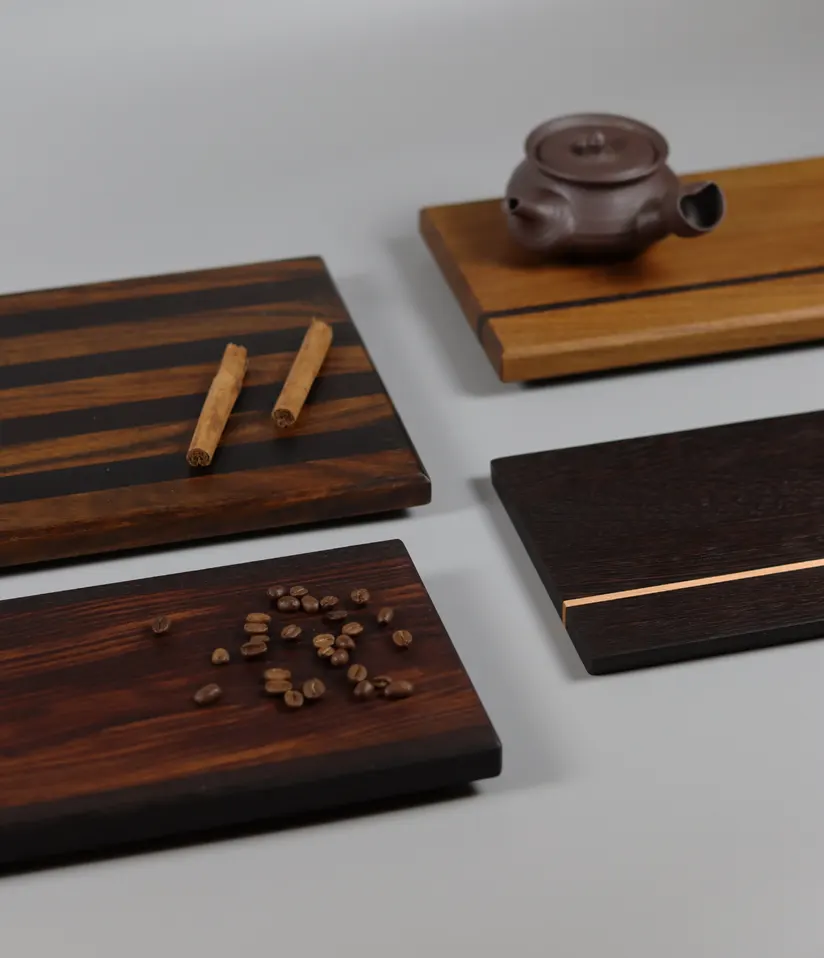

In the world of gastronomy, presentation is everything. Serving boards for restaurants are an increasingly popular resource to enhance dishes, becoming the perfect canvas for serving gourmet dishes, cold cuts, cheeses, charcuterie, freshly baked bread or delicious appetizers. These presentation boards not only add warmth and authenticity, but also help differentiate your culinary offerings from the competition.
Not all woods are the same. For serving boards in professional environments, it is best to choose varieties with high density and durability, capable of withstanding intensive daily use in the kitchen and in the living room. Softwoods, for example, are easily marked by knives, forks or other utensils and quickly lose their appeal. Hardwoods such as wenge, walnut or iroko, on the other hand, offer greater density and hardness, ensuring a surface that is more resistant to knocks and scratches.

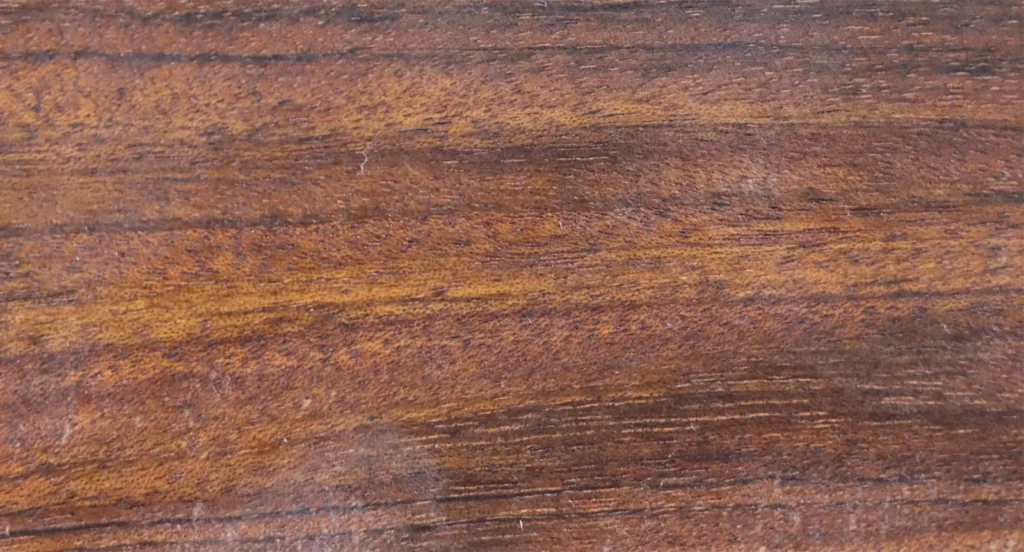
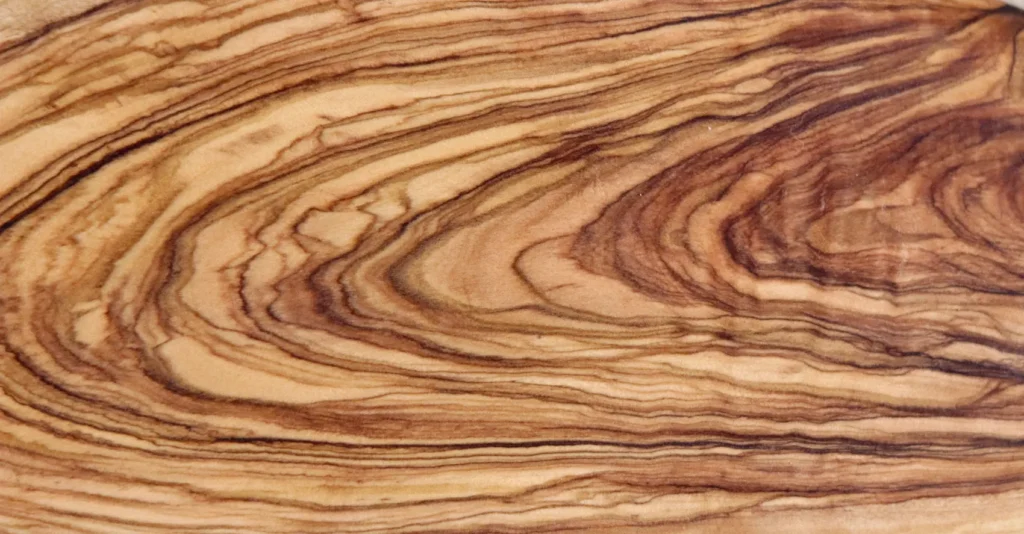
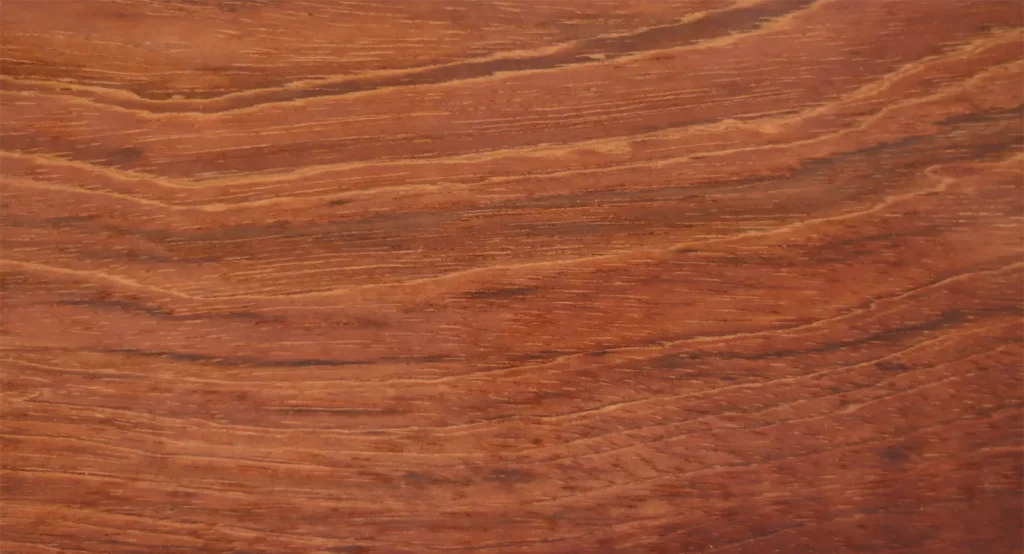
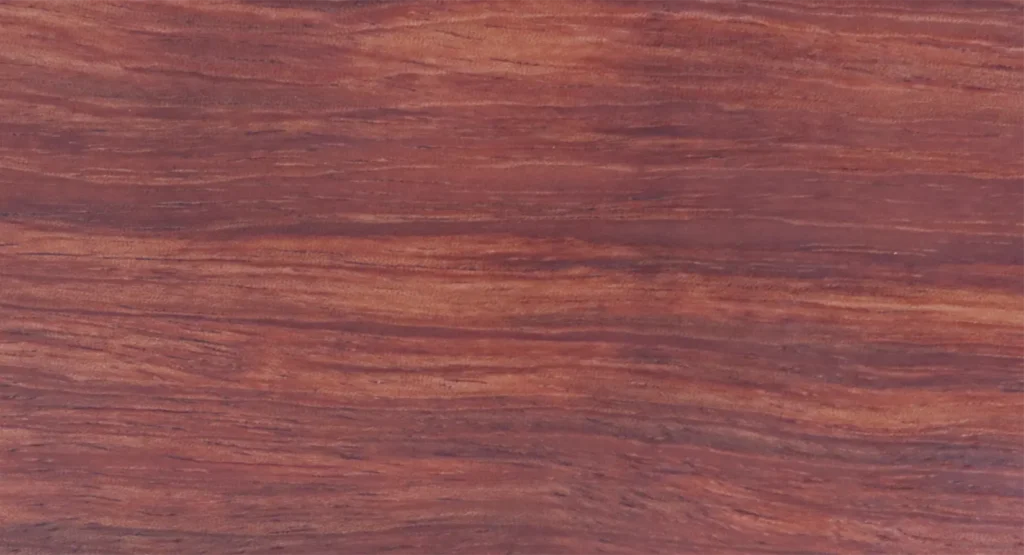
Unlike conventional cutting boards used in the home, restaurant presentation boards require specific finishes that make them more resistant to moisture and daily wear and tear. A good treatment with mineral oils or food waxes helps to keep the surface protected against liquid absorption, thus maintaining its impeccable appearance for a longer period of time.
Make sure service boards are treated with food-grade oils or waxes. These finishes seal the surface, preventing the absorption of liquids and preventing bacteria from settling in the wood. They also make cleaning easier and extend the life of your boards.
Even if you have chosen hardwoods, daily care is essential to maintain their good condition. Wipe the boards with a damp cloth after each use and dry them carefully. A periodic application of mineral food oil helps preserve the finish and moisture resistance.
Investing in high quality restaurant tables, made of fine woods, guarantees an impeccable and professional presentation of your dishes. These surfaces raise the perceived value of your gastronomic offer, giving your customers a much more complete visual and sensory experience. In addition, their long life and easy maintenance make them a smart investment that, in the long run, will generate greater satisfaction and loyalty among your diners.
Choosing the best woods and finishes for your presentation boards, charcuterie boards or charcuterie boards will not only have a positive impact on the appearance of your dishes, but will also guarantee their durability and functionality in the restaurant’s daily life. By taking care of these details, you will be able to offer a unique gastronomic experience, worthy of the most demanding palates.
Copyright © 2024 Ligna Wood Design